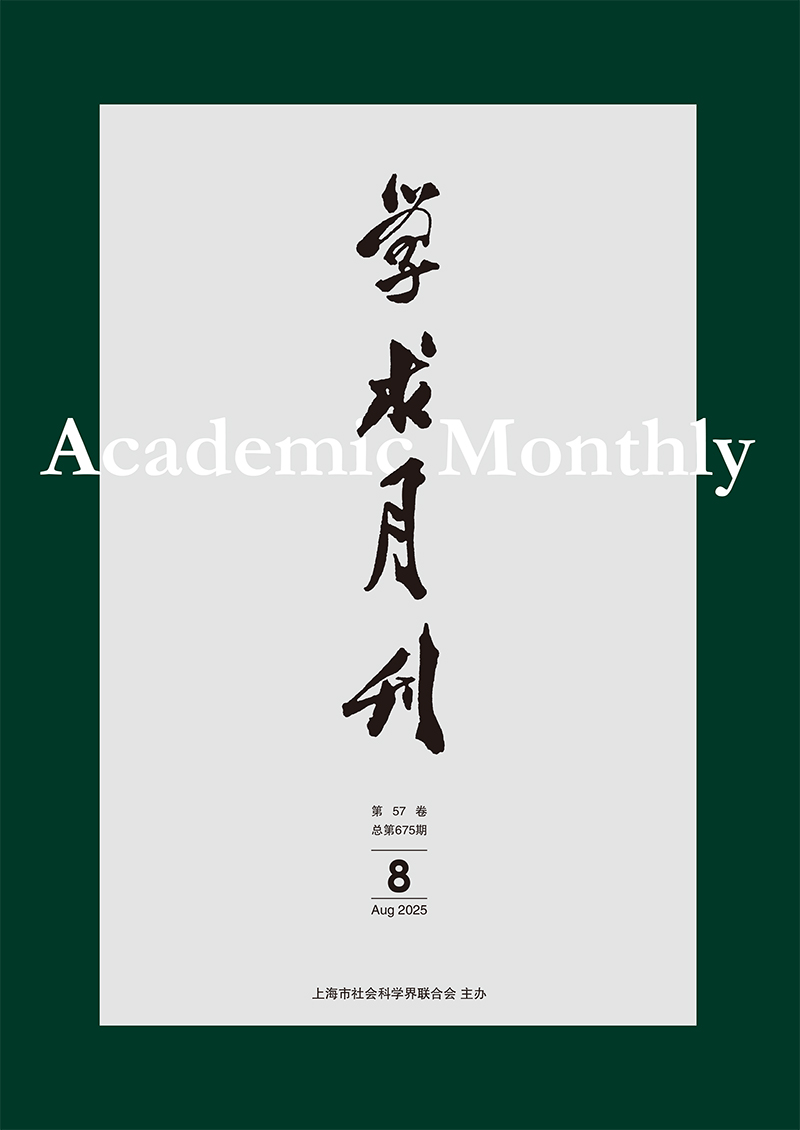From Aggregated Bodies to Revolutionary Subject——Historical Reconstruction and Theoretical Transmutations of the Multitude
Abstract: The concept of the multitudo, posited by Antonio Negri and Michael Hardt as the revolutionary subject, embodies a rich theoretical lineage. Originating in ancient Rome as a quantitative and collective notion constitutive of republican foundations, Machiavelli later endowed the multitude with political agency, transforming it into a counterbalance against sovereign power. By constructing the poles of the People and the multitude, Thomas Hobbes systematically excluded the multitude to the periphery of his political system. Conversely, Spinoza affirmed the multitude's inherent political subjectivity within his theoretical framework of democracy, establishing it as the cornerstone of democratic institutions. Synthesizing Spinoza's metaphysical critique with Marx's labor dialectics, Paolo Virno, Negri and Hardt reconceptualized the multitude's subjectivity as a laboring body. Through their reconstruction, the multitude achieves a unification of its political and labor ontologies within the biopolitical realm. By engaging in biopolitical production to access the common, the multitude organizes itself as a rhizomatic network to effect a dual deconstruction of Empire:subverting capital's logic within production while simultaneously instituting novel democratic configurations through political praxis. The theoretical metamorphosis of the multitude not only renews Marx's proletarian theory but also provides critical intellectual resources for contemporary collective emancipation under globalized capitalist domination.



 沪公网安备 31010102003103号
沪公网安备 31010102003103号 DownLoad:
DownLoad: